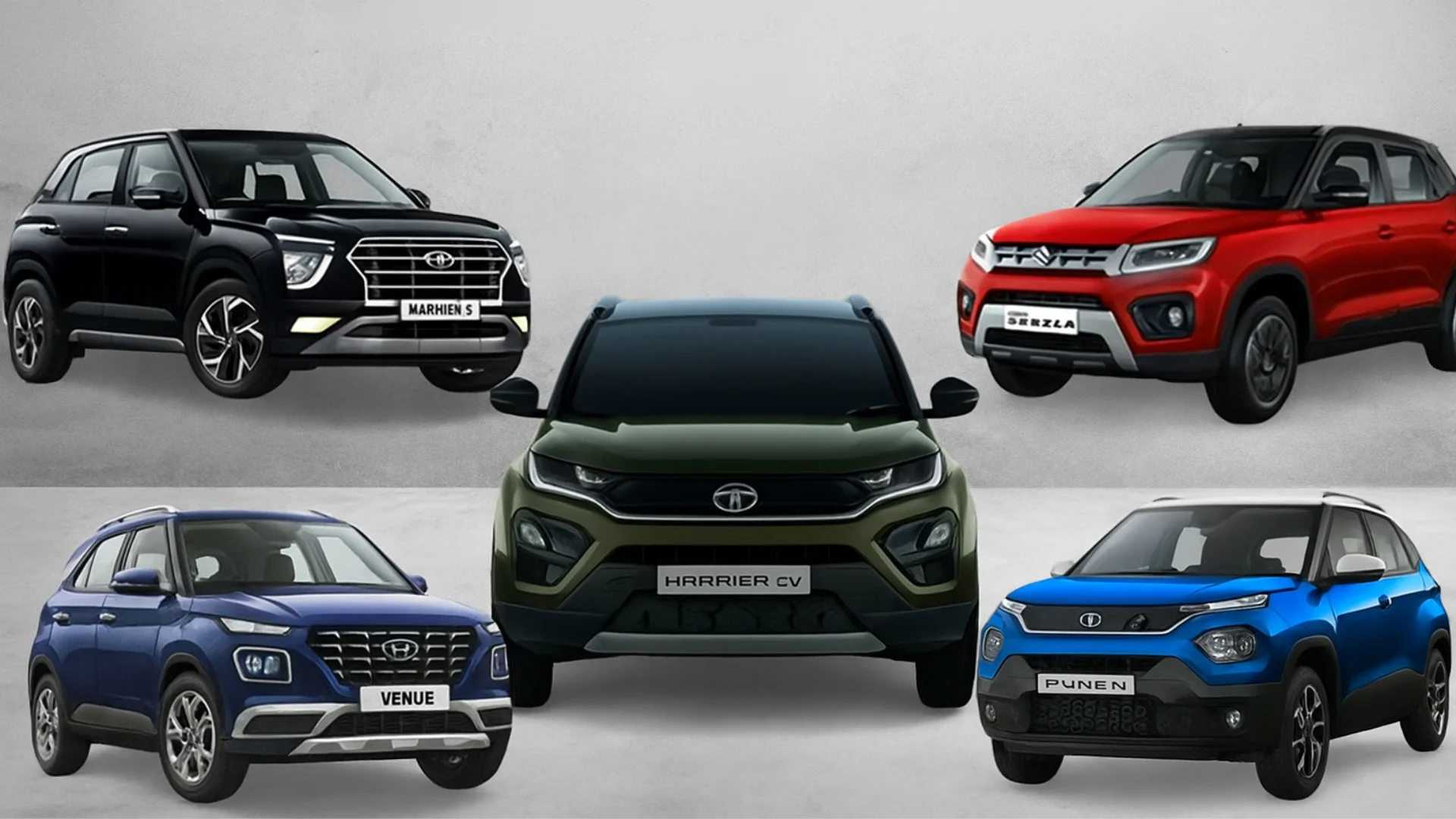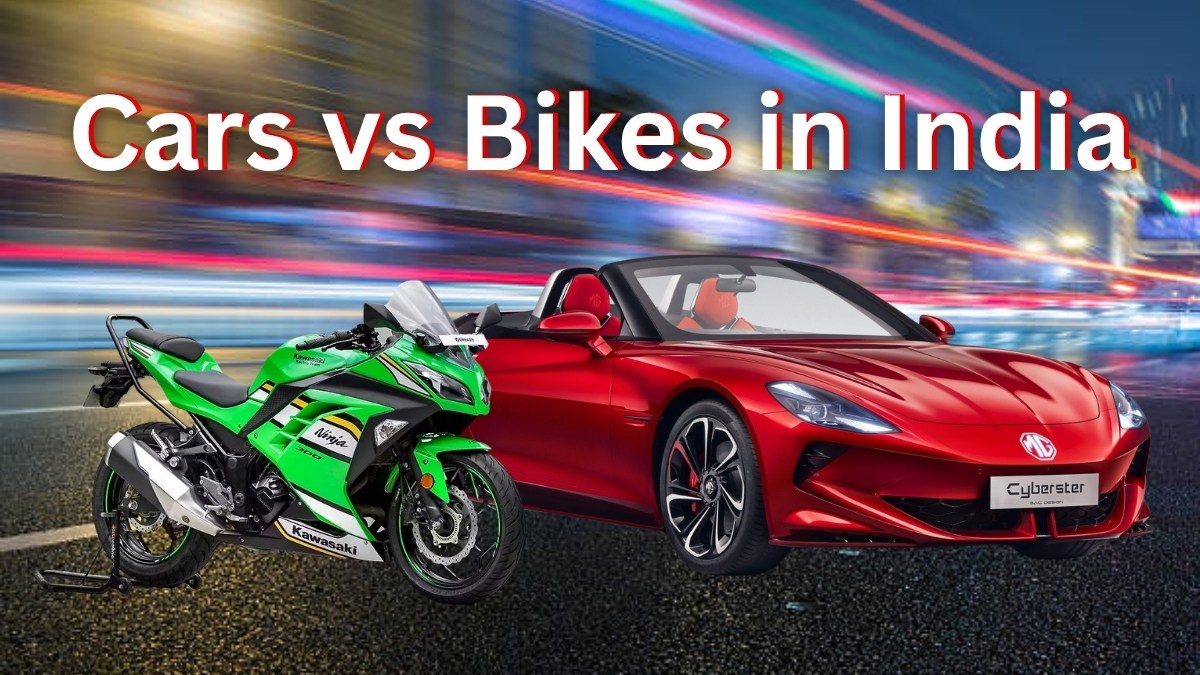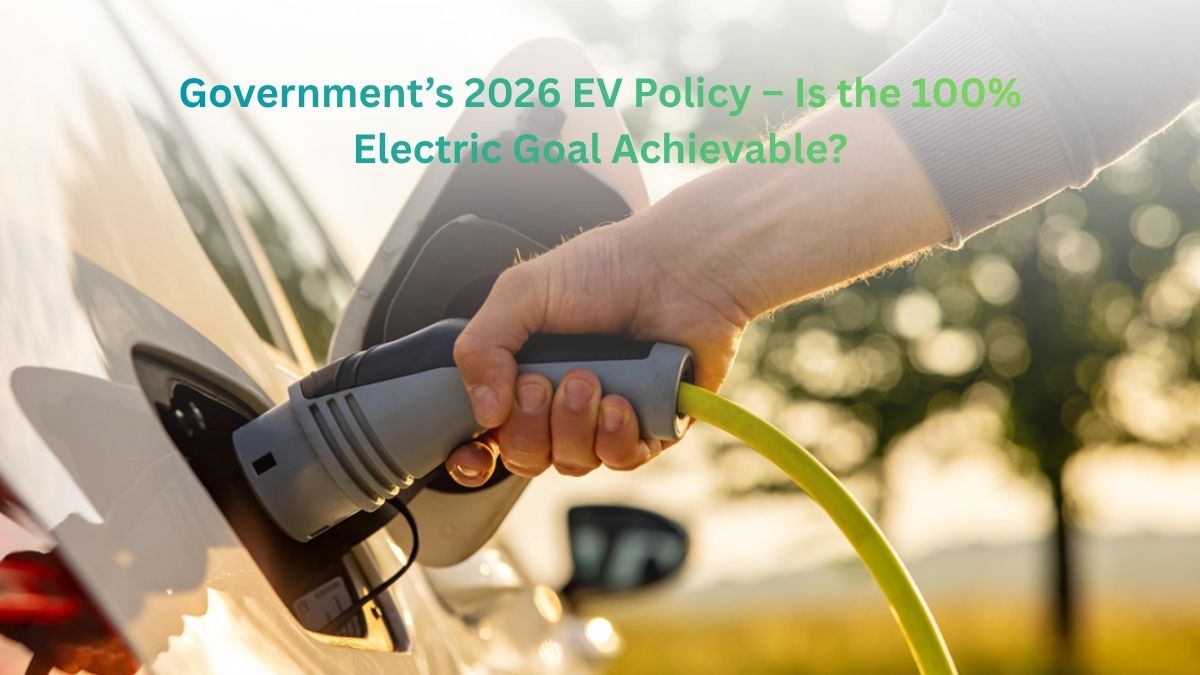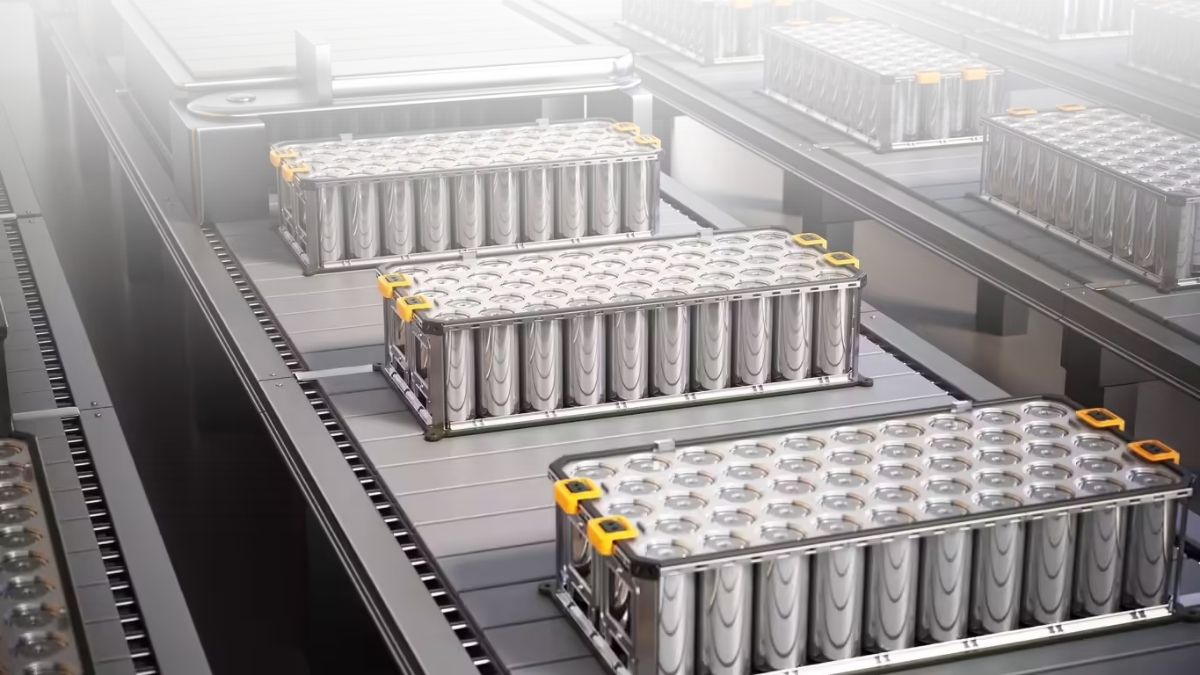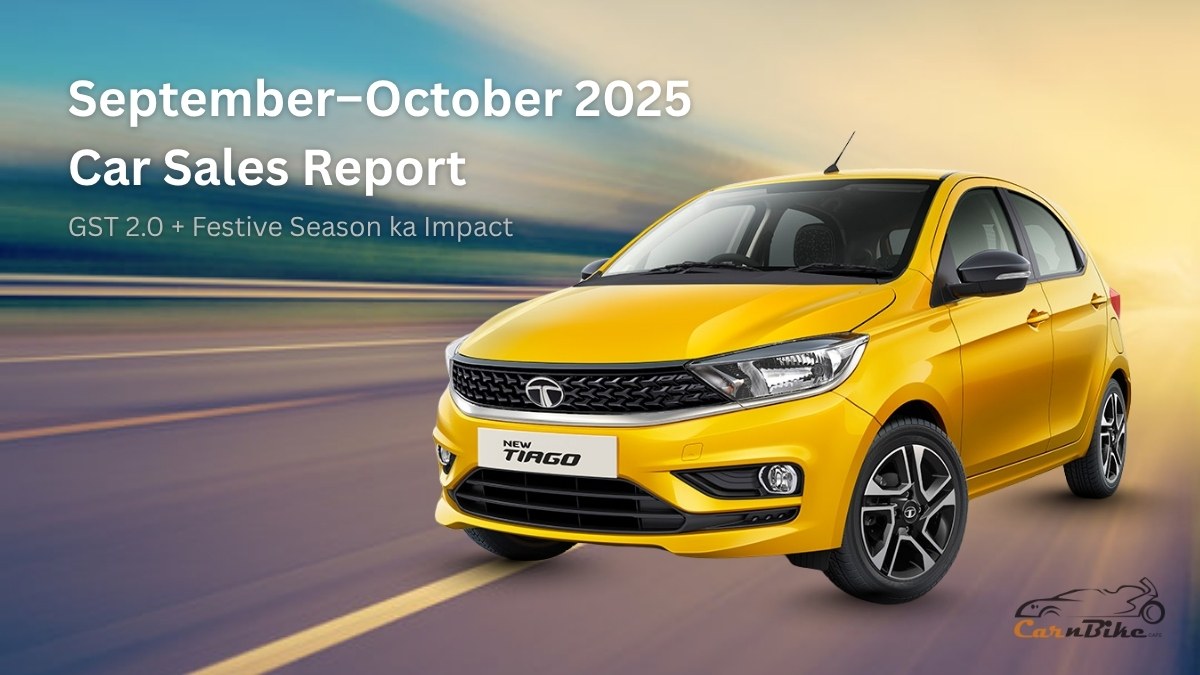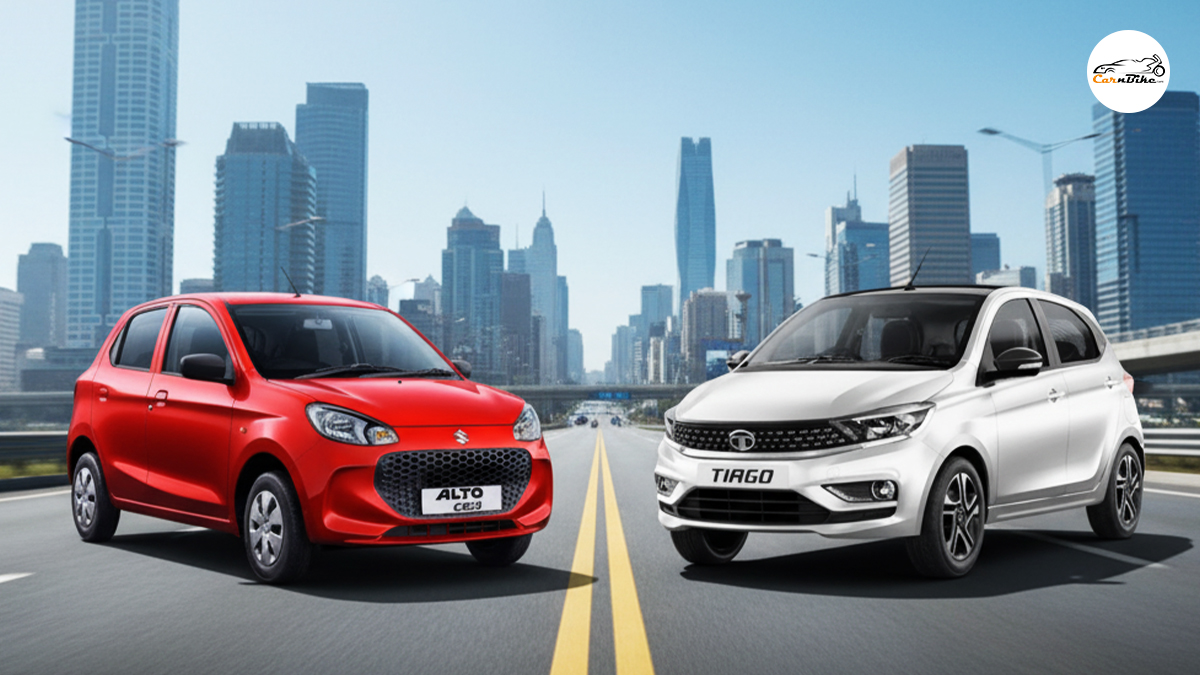Delay in the Premium EV Launch: Tata Avinya Gets Pushed Back — What That Means for Tata’s EV Ambitions
- Electric-Cars
- 06 Nov, 2025

The electric-vehicle (EV) wave in India has gathered momentum, with firms racing to establish themselves in the premium EV segment. Among them, Tata Motors had high hopes for its upcoming Avinya line-up. The concept of the Tata Avinya was unveiled as a marker of Tata’s next-gen “born-electric” ambition — but now the launch has been delayed, raising questions about what this means for Tata’s broader EV strategy in India.
1. What Has Happened with the Avinya Launch?
Tata’s premium EV range under the Avinya banner was originally slated for launch in or around 2025. However, recent reports state that the launch has been deferred to 2027. Part of the reason is that the Avinya models were to share a platform (the EMA – Electrified Modular Architecture) with Jaguar Land Rover (JLR). But JLR’s plans for local EV manufacturing in India have stalled, causing knock-on delays.
Beyond the platform and manufacturing issues, Tata itself is reportedly taking time to ensure the Gen 3 skateboard architecture (the EV-specific platform for Avinya) meets its design, cost and localization targets.
2. Why the Delay Matters for Tata’s EV Ambitions
a) Premium Market Credibility
By postponing the Avinya launch, Tata delays its entry into the higher-end EV space, where brand image, luxury perception and higher margins matter. The Avinya was meant to signal that Tata is not just competing in the budget/ mainstream EV segment but can also play premium-EV. A delay means that competing brands could strengthen their footing in that niche while Tata remains in the more mass/high-volume end.
b) Technology & Platform Transition
Current Tata EVs (for example the Nexon EV, etc) are adapted from ICE platforms or previous architectures. The Avinya line is designed as “born-electric” from the ground up. Delaying it means Tata takes longer to fully exploit the efficiencies, packaging and benefits (flat floor, better battery layout, etc) that a dedicated EV architecture brings.
c) Supply-Chain & Localization Risks
Tata’s strategy is tied to localized production, cost-control and competitive pricing. The delay signals that meeting those units economics is proving tougher than expected — indication that the supply-chain, sourcing of EV components, local manufacturing scale-up are still maturing. This could increase development cost and impact profitability.
d) Competitive Landscape
While Tata pushes back Avinya, other automakers and new entrants in India’s EV market are accelerating. Timing is critical in the EV race. A delay may mean missing a window of “first-mover” advantage in the premium Indian EV segment. Tata might therefore need to strengthen its interim offerings or risk losing share.
3. What Could Tata Do to Mitigate the Impact?
- Enhance current EV portfolio: Strengthen its existing EV line-up with refreshed features, better range or premium variants to keep momentum.
- Communicate roadmap transparency: Clear, credible messaging about when Avinya will launch can maintain consumer and investor confidence.
- Cost-optimise architecture: If the JLR-linked platform cannot be used as intended, exploring alternative architectures or modular strategies might help accelerate launch.
- Leverage brand strengths: Tata’s dominance in India’s EV market (for mass segment) is an advantage—leveraging brand loyalty while transitioning to premium can soften the impact of delay.
Why Choose (an EV from Tata or waiting for something premium like Avinya)?
If you are considering an EV and wondering about whether to wait for the premium Avinya or buy now, here are reasons in favour:
- Proven mass-market credentials: Tata’s current EVs already deliver on range, service network and Indian conditions—so you aren’t waiting for unproven tech.
- Premium future promise: Waiting for Avinya means you will get Tata’s next-gen platform, dedicated EV architecture, better packaging and potentially higher performance.
- Resale and brand value: Tata being an established brand for EVs helps with resale value and service support, whether you buy now or later.
- Eco- & cost-benefits now: Even an existing model gives you lower running cost, fewer emissions and access to subsidies—so the benefit starts even before the premium launch.
In short: If you need a new car now, buying an existing Tata EV is wise. If you want top-of-the-line, high-spec EV and can wait, the Avinya (when launched) may deliver more.
Conclusion
The delay of the Avinya launch is a significant event in Tata Motors’ EV story. It reflects the complexity of transitioning to premium EV architecture, local manufacturing challenges, and stiff global supply-chain headwinds. While this postpones Tata’s move into the high-end EV segment, it does not necessarily stop the momentum of its EV ambitions altogether. In fact, taking the time to get the architecture right, cost-structure sound and manufacturing robust might pay off in the long run. For Indian EV buyers and market watchers, it’s a reminder that the EV race is as much about timing, platform and readiness as it is about brand and features.
Tata’s ability to manage this delay, keep its existing EV line-up strong, and launch Avinya at the right moment will determine whether it cement its leadership or cede space to competitors. The path ahead is challenging — but the destination remains attractive.
FAQs
1. Why has the Tata Avinya launch been delayed?
The delay arises from disruptions in the platform supply (involving Jaguar Land Rover’s EMA architecture), localisation and manufacturing challenges, and the need for Tata to refine its next-gen EV architecture.
2. When is the Avinya now expected to launch?
Recent reports suggest a 2027 launch is likely for the Avinya range.
3. Does this delay mean Tata’s EV plans are failing?
No — it doesn’t mean failure. Tata continues to sell EVs in India and has a roadmap. The delay suggests prudence in launching its premium product rather than rushing a compromised version.
4. Should I wait for Avinya or buy a Tata EV now?
If you need a vehicle immediately and value affordability and service reliability, buying a current Tata EV makes sense. If you want premium features, architecture and design, and can wait, the Avinya could be worth waiting for.
5. How will this impact the Indian premium EV market?
Delays open opportunities for competitors to gain ground in the premium EV space in India. Market dynamics may shift slightly, giving more room for non-Tata brands to establish leadership in high-end EVs while Tata focuses on mass and premium segments.
Latest Electric Car News
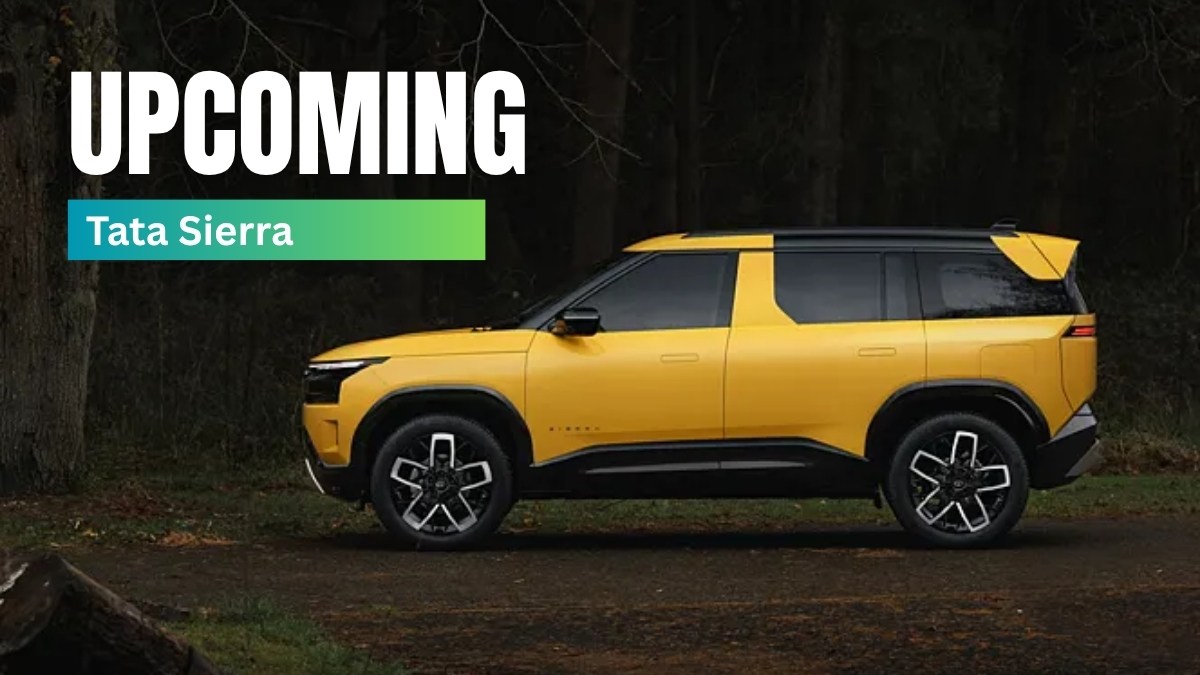

Delay in the Premium EV Launch: Tata Avinya Gets Pushed Back — What That Means for Tata’s EV Ambitions
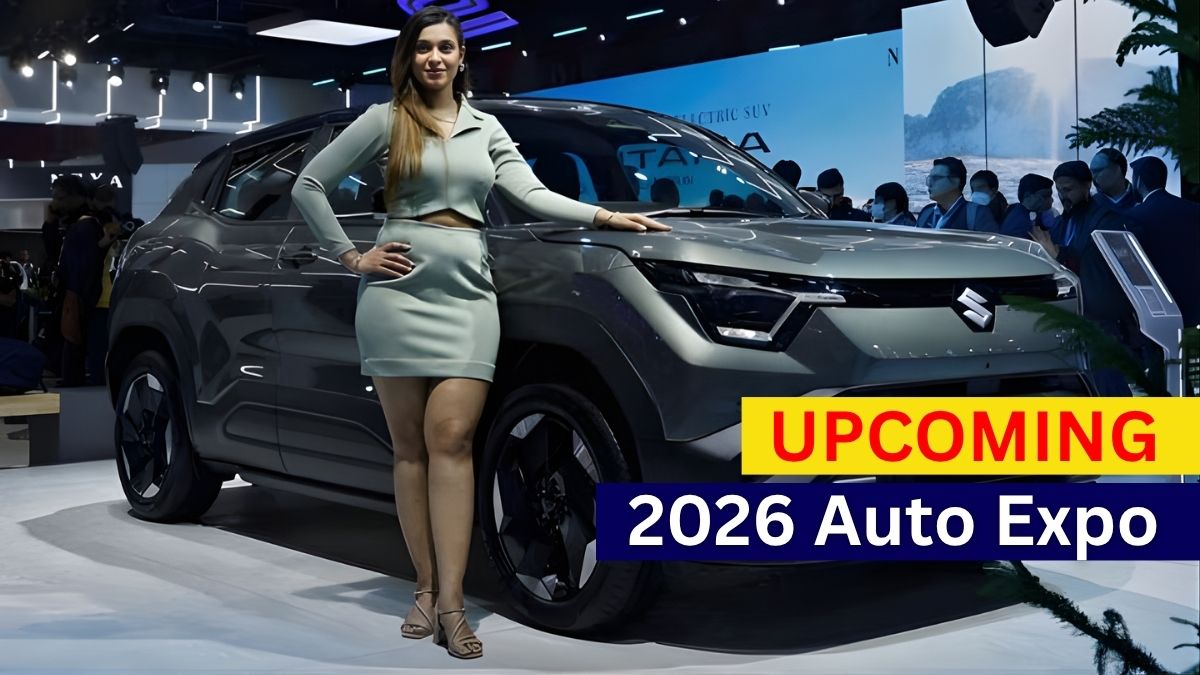
2026 Auto Expo – Focus on Upcoming Electric Cars and Two-Wheelers
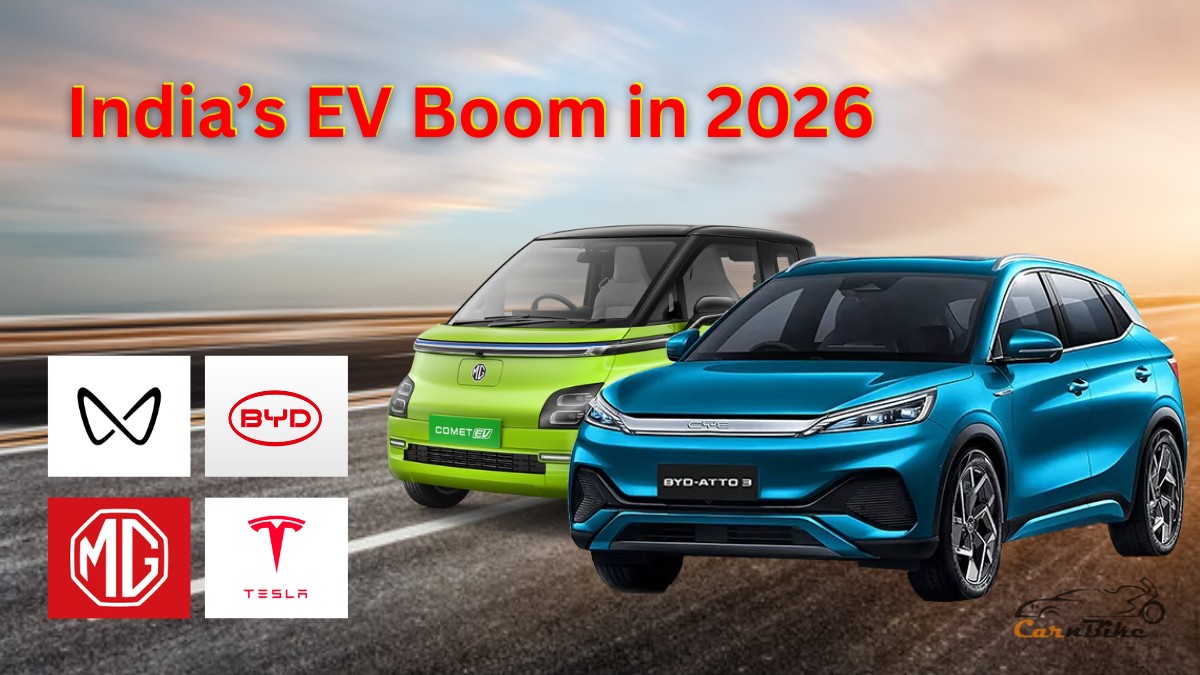
India’s EV Boom in 2026: Which Brand Will Lead the Charge?

Should You Buy an Electric Car or Petrol Car in 2026?

Top 10 Electric SUVs to Watch in 2026

Tata EV Diwali Offers 2025: Special Deals on Nexon EV, Tiago EV & More

Tata Harrier EV Diwali Offer 2025: EMI Starting at Just ₹15,999, Plus a Free Accessory Pack Worth ₹50,000!

Tata Harrier EV Diwali Offer 2025: Up to ₹2.5 Lakh Discount & Free Gold Coin – Limited Time Only!

The Race to Build EV Charging Infrastructure in India
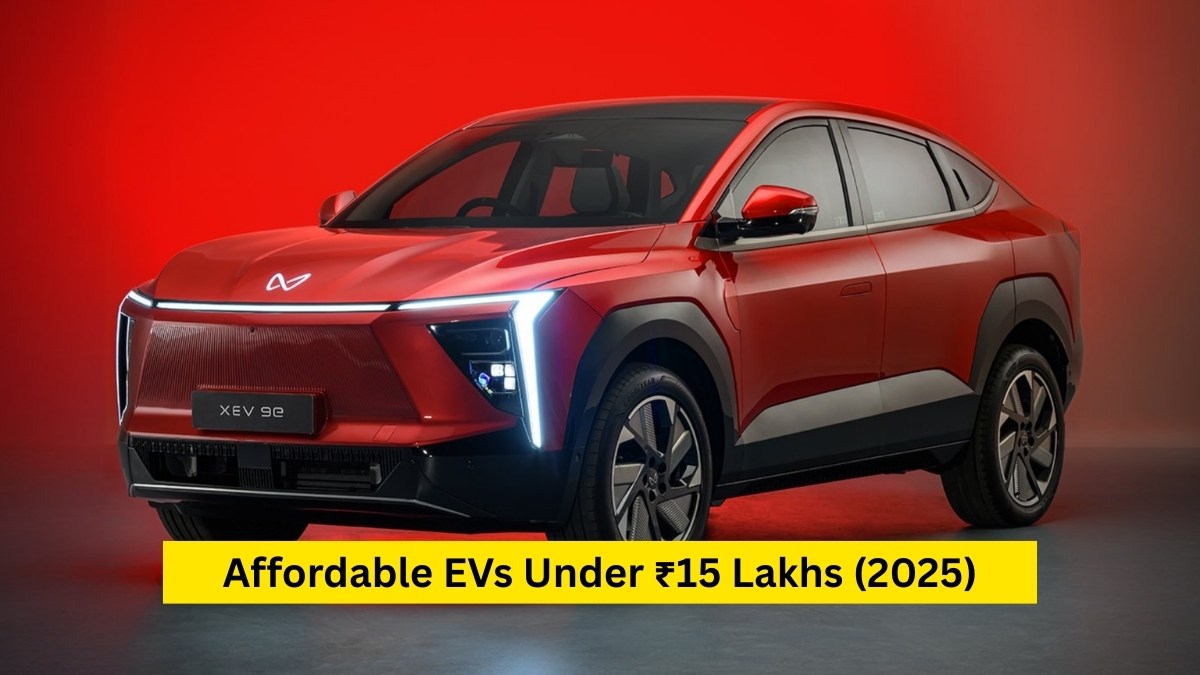
Affordable Electric Cars in 2025: Best Picks Under ₹15 Lakhs
